Over the past few decades, dark tourism has emerged as a growing phenomenon, with more travellers seeking to explore destinations that bear witness to the darker chapters of human history. From sites associated with war, tragedy, and natural disasters, dark tourism invites people to reflect on the past and its impact on the present. As a result, this form of travel has generated significant interest worldwide.
Also read: 25 Unconventional Destinations and Best Places to Travel in 2025
Additionally, recent estimates suggest that dark tourism is a significant part of the global travel industry. The sector values at approximately US$31.86 billion (S$43.3 billion) in 2024. The rise of media coverage, thanks to hit productions like the Chernobyl series on HBO and Netflix’s Dark Tourist, has contributed to the growth of this niche travel segment. Therefore, as interest in dark tourism continues to grow, experts predict the industry will surpass US$38 billion (S$51.6 billion) in 2030.
What Is Dark Tourism?

Image credit: Alvin & Chelsea via Pexels
But what exactly is dark tourism? It generally refers to travel to places that are linked to death, suffering, or historical trauma. These destinations often focus on events such as wars, genocides, or natural disasters. This offers visitors a chance to learn from the past and reflect on its ongoing significance.
If you’re intrigued by this type of travel and want to explore destinations that help tell important stories from history, here are some key sites around the world that embody the essence of dark tourism.
1. Aokigahara Forest, Japan
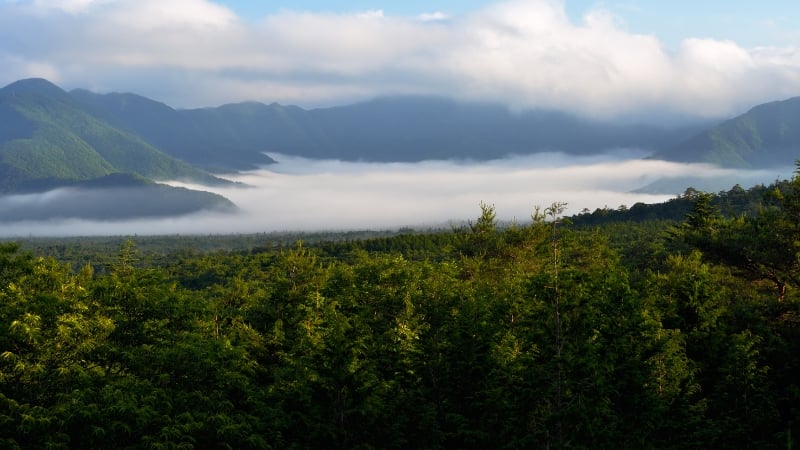
Image credit: Kaolatte via Getty Images
Located at the base of Mount Fuji, Aokigahara Forest, often referred to as the “Suicide Forest,” has gained a reputation as a place where many individuals take their own lives. The forest’s eerie silence and dense woods create an atmosphere of mystery and contemplation. While many explore the forest’s beauty, others are drawn by its tragic association with suicide.
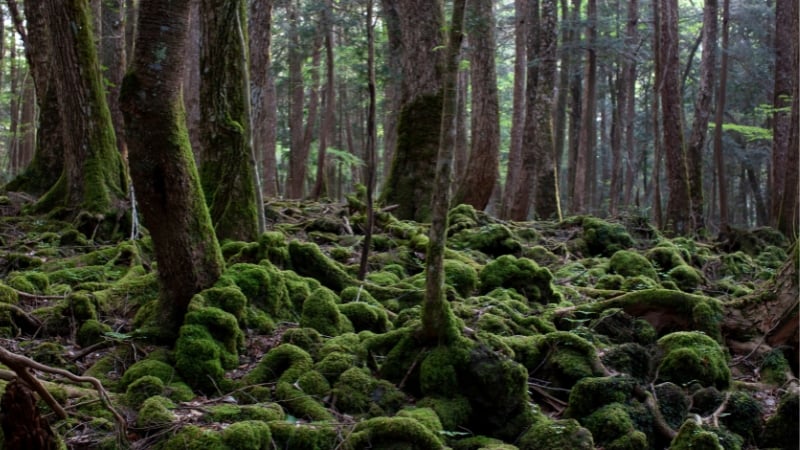
Image credit: Toshiharu Arakawa via Getty Images
Visiting Aokigahara requires a deep sense of respect for those who have suffered, as well as for the local community. The Japanese view the forest as a sacred place, and it’s essential to approach it with care and reverence. As such, visitors should avoid taking intrusive photos in areas where suicides have occurred. Visitors should also be mindful of the emotional weight that this location carries for many.
When exploring Aokigahara, it’s important to stay on marked trails. If you’re planning a visit, consider joining a guided tour to understand the cultural significance of the forest.
2. Auschwitz-Birkenau Concentration Camp, Poland
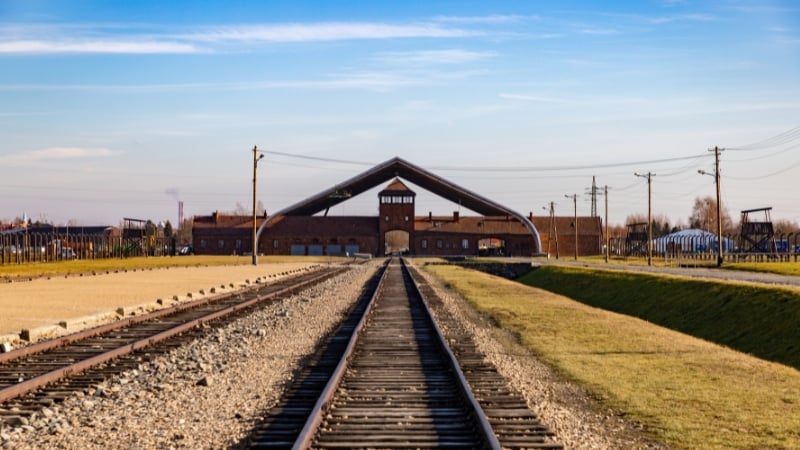
Image credit: Bruno Coelho via Canva Pro
One of the most sobering dark tourism sites in the world, Auschwitz-Birkenau serves as a stark reminder of the atrocities of the Holocaust and the depths of human cruelty. The Nazis systematically murdered over 1.1 million people – primarily Jews, but also Roma and prisoners of war – here between 1940 and 1945. The vastness of the camp and the haunting remnants of this tragic history leave an indelible impression on those who visit.

Image credit: Bruno Coelho via Canva Pro
When visiting Auschwitz-Birkenau, it’s crucial to approach the site with a deep sense of respect for the lives lost. Photography is allowed in certain areas, but it’s important to avoid taking selfies or casual photos in sensitive areas, such as the gas chambers or the memorial sites.
3. Chernobyl and Pripyat, Ukraine
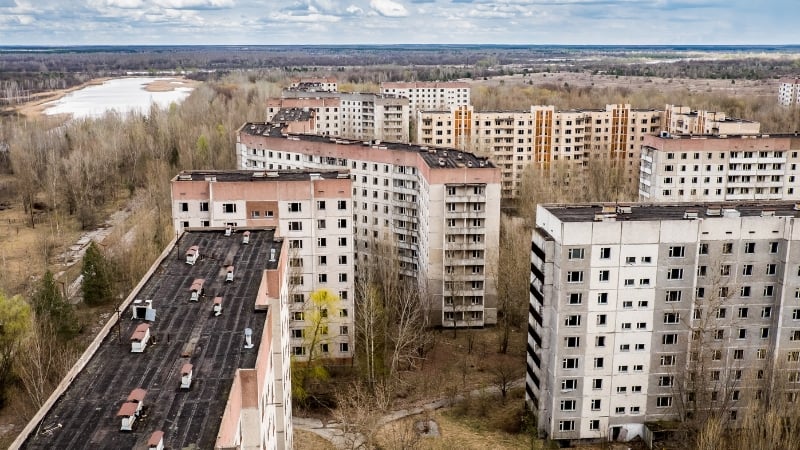
Image credit: Tijuana2014 via Getty Images
The Chernobyl disaster of 1986, one of the worst nuclear accidents in history, left the nearby city of Pripyat abandoned and contaminated. The exclusion zone around Chernobyl remains largely uninhabitable, but the abandoned city has become a destination for those wanting to learn more about the disaster and its aftermath.
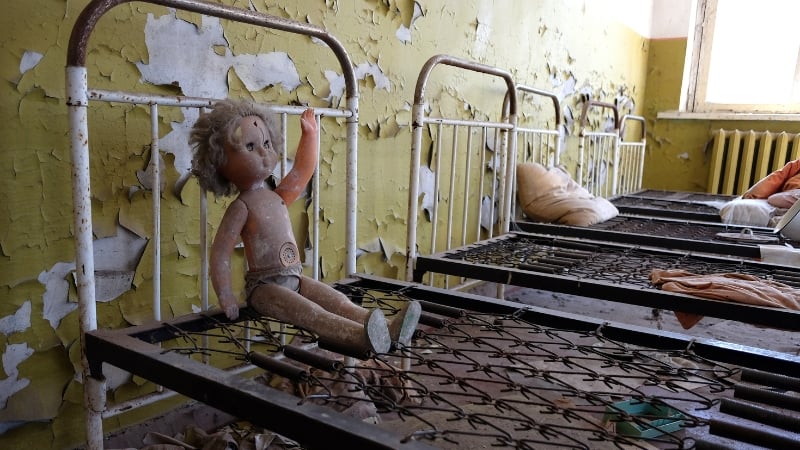
Image credit: Gevende via Getty Images Signature
Many people visit Chernobyl out of curiosity, but the reality of the site is much more profound. The ghostly remnants of Pripyat remind us of the consequences of human error and the unpredictability of nature.
Due to the ongoing conflict between Ukraine and Russia, Chernobyl and Pripyat are currently closed to tourists. Authorities restricted access to the area for safety reasons. Visitors should review any plans to visit with up-to-date travel advisories.
4. Tuol Sleng Genocide Museum, Cambodia

Image credit: Andrey X via Canva Pro
Once a high school, Tuol Sleng was transformed into the notorious S-21 Prison by the Khmer Rouge regime during the Cambodian Genocide of the 1970s. This grim facility became a centre for imprisonment, torture, and execution, with an estimated 20,000 people passing through its gates. Shockingly, only seven individuals survived. Today, the Tuol Sleng Genocide Museum stands as a haunting memorial, preserving the stories of the victims and providing a stark reminder of the atrocities committed under Pol Pot’s rule.
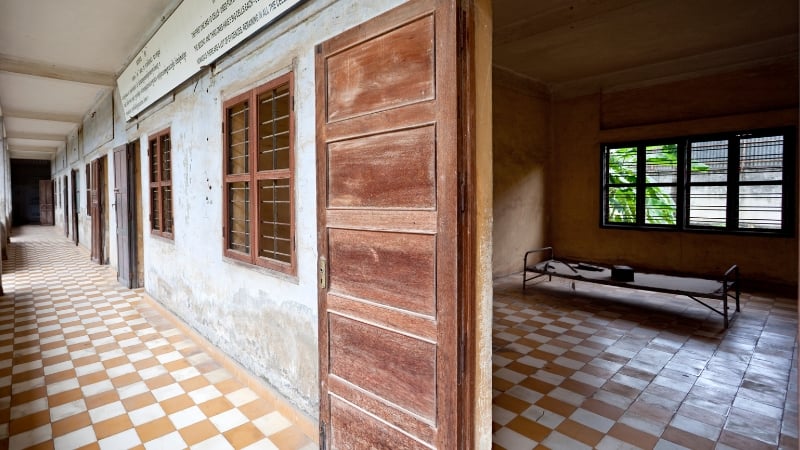
Image credit: Nonimatge via Getty Images
When visiting Tuol Sleng, it is essential to approach the exhibits with the utmost respect and empathy. Many of the photographs and personal stories on display belong to victims of the genocide. Therefore, it is important to recognise their humanity. Photography is allowed, but visitors should avoid taking photos in a way that may seem disrespectful or exploitative.
5. Pompeii, Italy
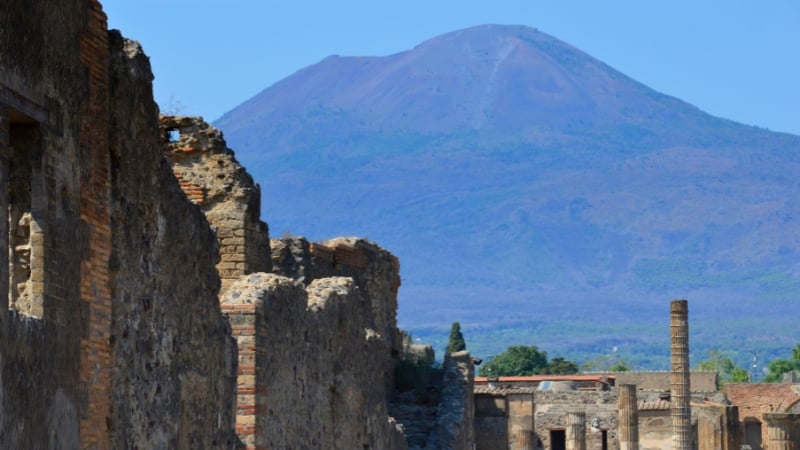
Image credit: Ines Hirschi via Pixabay
The ancient city of Pompeii, preserved under layers of volcanic ash after the eruption of Mount Vesuvius in 79 C.E., provides a hauntingly vivid snapshot of life in the ancient Roman Empire. Archaeologists have uncovered remarkably well-preserved artefacts, including pots, jewellery, and even loaves of bread – A poignant reminder of lives interrupted.
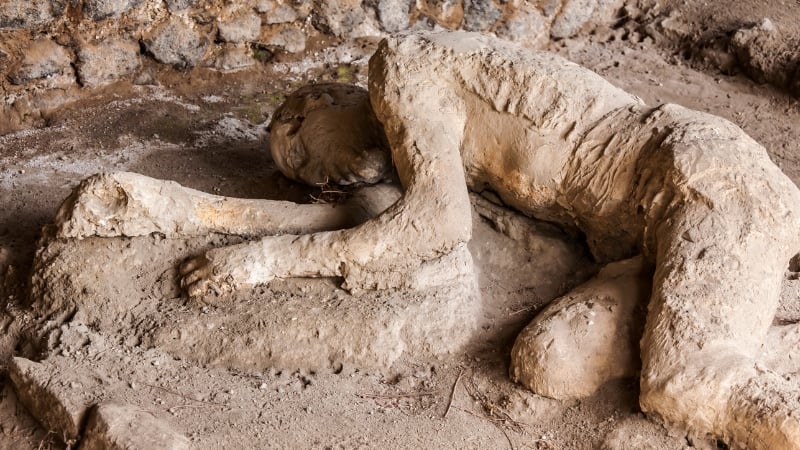
Image credit: Edella via Getty Images
Among the most sobering discoveries are the plaster casts of victims. The eruption froze their final moments in time as they sought refuge from it. Pompeii is not just an archaeological marvel but a memorial to the thousands who perished in the disaster. Ultimately, the city stands as a testament to the vulnerability of life in the face of nature’s power.
6. Père Lachaise Cemetery, France
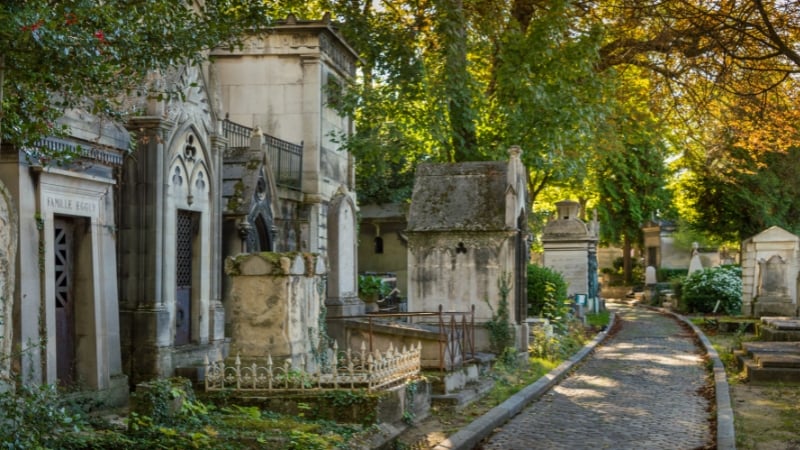
Image credit: Jacquesvandinteren via Getty Images Signature
Père Lachaise Cemetery in Paris is renowned as the final resting place of numerous cultural luminaries, including Jim Morrison, Oscar Wilde, and Édith Piaf. Established in 1804, the cemetery reflects the rich history and artistry of Paris. Its elaborate tombs and sculptures offer a glimpse into the city’s past. Beyond its fame, Père Lachaise is a sacred space where the living honour the departed.
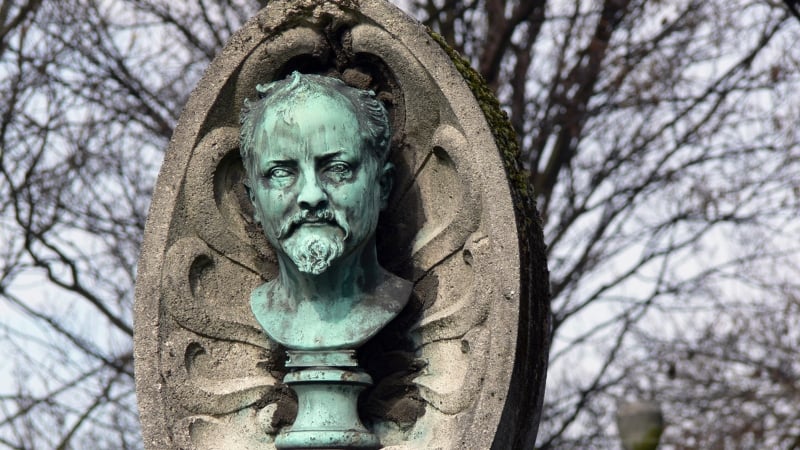
Image credit: Lalocracio via Getty Images
While many visitors come to pay homage to iconic figures, it’s important to remember that Père Lachaise remains an active cemetery, holding deep significance for grieving families. Visitors should approach the site with quiet respect, avoiding loud noises or disruptions. The graves of famous individuals may attract crowds, but they are still spaces of personal remembrance.
7. 9/11 Memorial and Museum, United States
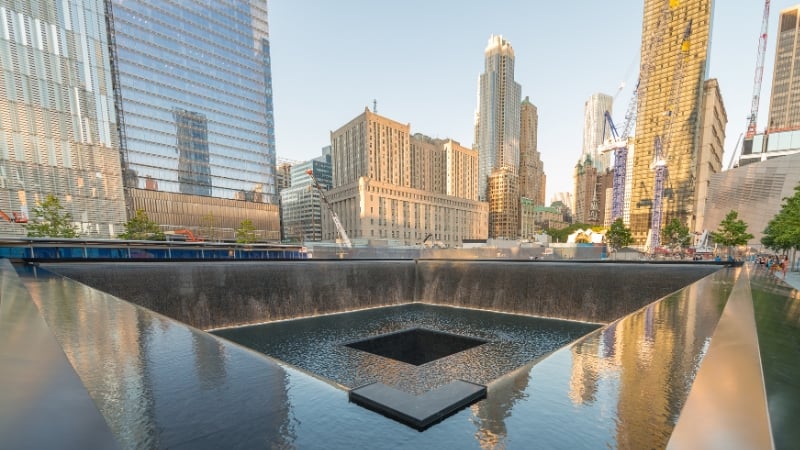
Image credit: Gagliardi Photography via Canva Pro
The 9/11 Memorial and Museum in New York City stands as a poignant tribute to the nearly 3,000 lives lost during the terrorist attacks on 11 Sep 2001. The memorial features two massive reflecting pools, each marking the footprint of one of the Twin Towers. Bronze panels inscribed with the names of the victims surround the pools. The accompanying museum offers a deeply moving narrative of the events. It showcases artefacts, personal stories, and multimedia exhibits that provide insight into the tragedy and its aftermath.

Image credit: Fabiola Ulate via Pexels
To fully appreciate the significance of the site, visitors should consider joining a guided tour or spending time engaging with the stories shared within the museum. Remember that this is not just a site of remembrance, but also a space to honour human resilience and solidarity in the face of tragedy.
8. Hiroshima, Japan
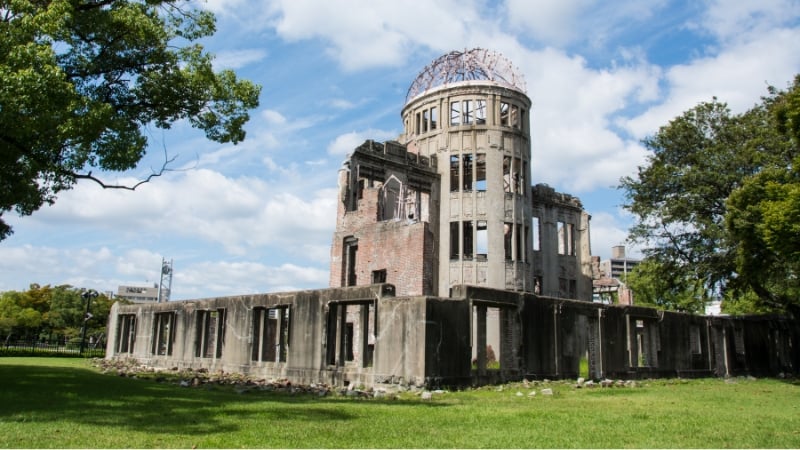
Image credit: Mocca1412 via Getty Images
Hiroshima’s Peace Memorial Park serves as a solemn tribute to the tens of thousands who lost their lives in the atomic bombing of the city on 6 Aug 1945. Central to the park is the A-Bomb Dome, one of the few structures to withstand the devastating blast, now preserved as a haunting reminder of the catastrophic effects of nuclear warfare.
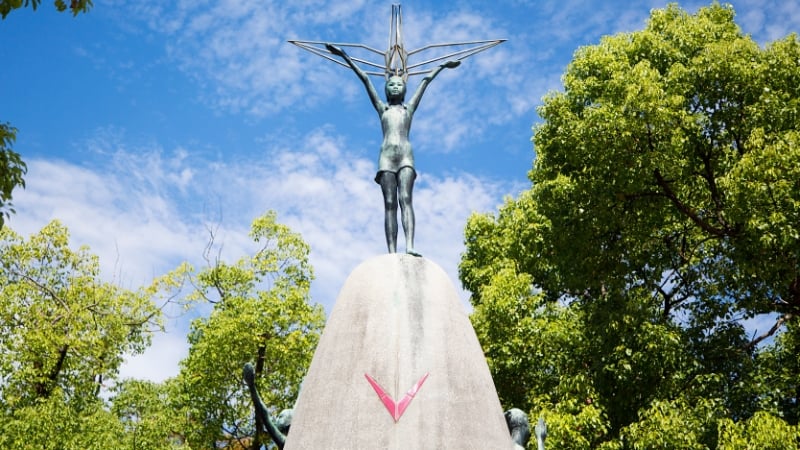
Image credit: BGStock72 via Canva Pro
Nearby, the Peace Memorial Museum provides a poignant narrative of the events, featuring survivor testimonies, artefacts, and detailed accounts of the bombing’s aftermath. The park also features the Children’s Peace Monument and the Flame of Peace, both symbolising hope for a nuclear-free world. By honouring the past, visitors can embrace Hiroshima’s call for a future of peace.
9. Murambi Genocide Memorial, Rwanda
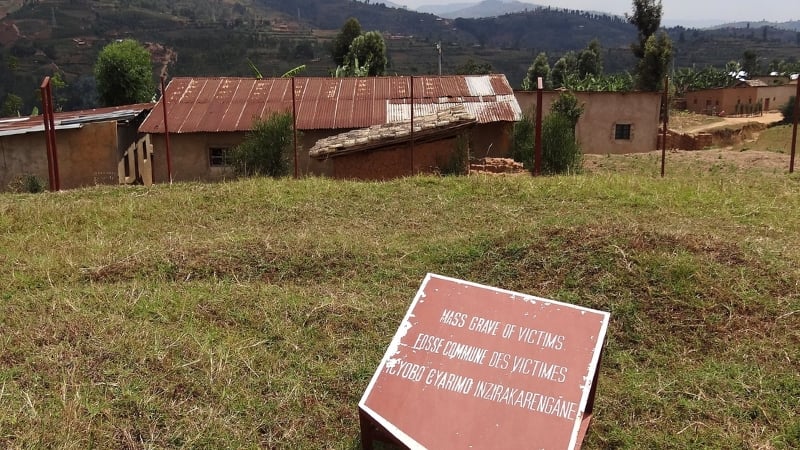
Image credit: Adam Jones via Wikimedia Commons
The Murambi Genocide Memorial stands as a harrowing tribute to the thousands of Tutsi men, women, and children who were brutally murdered during the 1994 Rwandan Genocide. The memorial includes preserved remains, mass graves, and personal belongings of the victims, offering a stark and deeply moving insight into the horrors of the genocide.
Visiting Murambi is an intensely emotional experience, requiring a respectful and reflective approach. The exhibits highlight the scale of the tragedy and the personal stories of those who perished. For many, the memorial serves not only as a place of mourning. It is also a crucial educational resource to understand the devastating consequences of hatred and division.
10. Cu Chi Tunnels, Vietnam
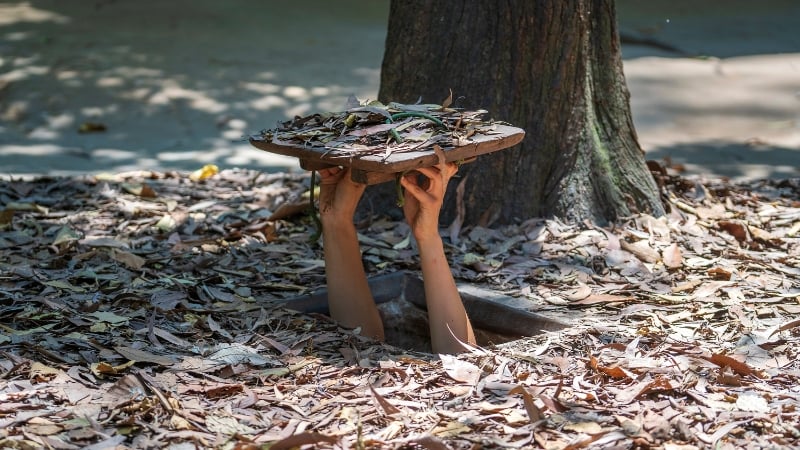
Image credit: Intek1 via Getty Images
The Cu Chi Tunnels, located near Ho Chi Minh City, Vietnam, are a remarkable testament to human resilience and ingenuity. This extensive network of underground tunnels played a crucial role during the Vietnam War. It served as both a strategic base for the Viet Cong and a refuge for soldiers and civilians. The tunnels housed living quarters, kitchens, hospitals, and command centres. This offers a glimpse into the gruelling conditions endured by those who lived and fought there.
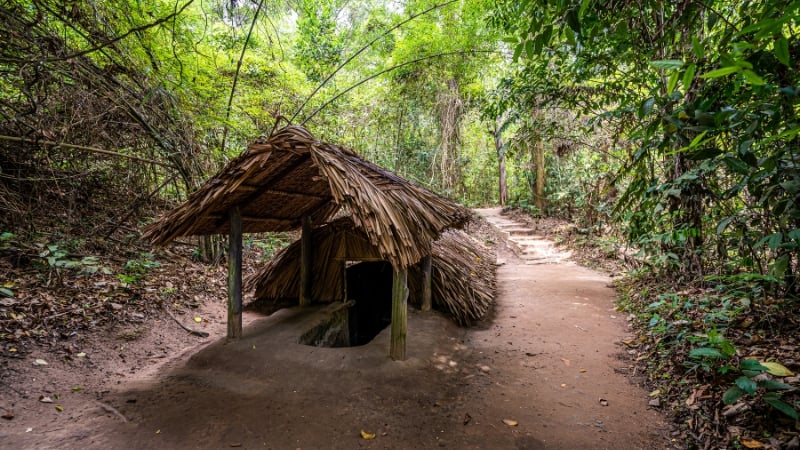
Image credit: Khoa Nguyen via Getty Images Signature
For many, the experience of crawling through a section of the tunnels offers a sobering perspective on the realities of war. Visitors should take some time to reflect on the resilience of the people who relied on these tunnels for survival. Also, they should also consider the broader impact of the conflict on Vietnam and its history.
Tips for Visiting Dark Tourism Destinations
When visiting any dark tourism destination, it’s essential to approach with respect, empathy, and a willingness to learn. Here are a few tips for a thoughtful visit:
- Research the history: Understanding the historical significance of the site before you go will enhance your experience and help you engage with it in a respectful way.
- Be mindful of the atmosphere: Many dark tourism sites are emotionally charged, so maintain a quiet and respectful demeanour. Avoid disturbing the peace, especially at memorials.
- Respect the rules: Each site has its own set of rules, whether it’s restrictions on photography or specific behavioural guidelines. Always follow them to ensure that your visit is appropriate.
- Support local communities: Consider taking a guided tour from a local guide, as this not only enriches your understanding but also supports the local economy.
The Ethics of Dark Tourism
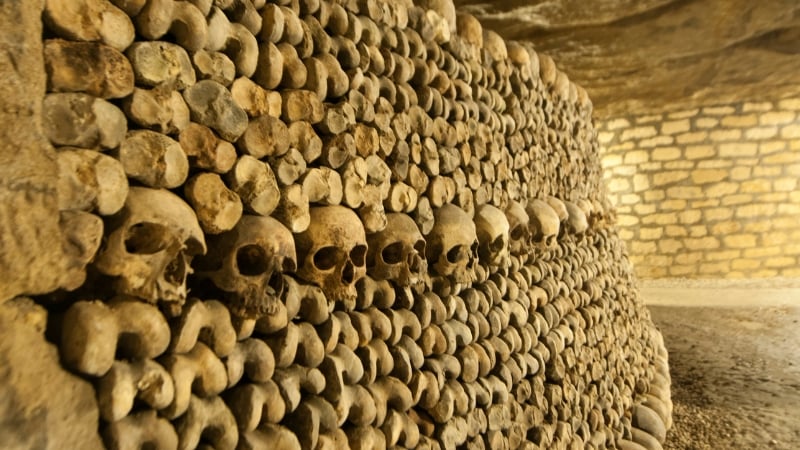
Image credit: Andrea Izzotti via Getty Images
It’s important to remember that dark tourism is not about sensationalising tragedy for entertainment or personal gain. Instead, it is an opportunity to connect with the past, learn from history, and reflect on the human experience. Additionally, when visiting these sites, consider the lessons they offer, not just in terms of the events themselves, but in how we relate to those who lived through them.
Ethical dark tourism should always be rooted in respect, education, and connection. It is about learning from the past, not exploiting it. By visiting these destinations thoughtfully and respectfully, we can contribute to the preservation of history. At the same time, we can ensure that the stories of those who suffered are honoured.
Also read: Must-Visit Hidden Gems for APAC Travellers in 2025
By adhering to these principles, dark tourism can be a transformative experience – One that helps foster understanding, empathy, and remembrance across cultures and generations.






